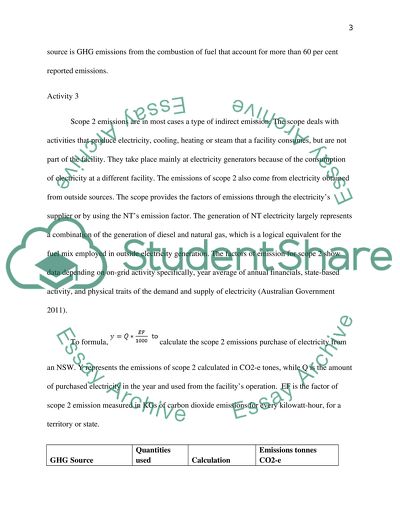Cite this document
(“Issues in Accounting Theory and Practice (Case Study National Case - 2”, n.d.)
Issues in Accounting Theory and Practice (Case Study National Case - 2. Retrieved from https://studentshare.org/finance-accounting/1620274-issues-in-accounting-theory-and-practice-case-study-national-greenhouse-accounts-factor
Issues in Accounting Theory and Practice (Case Study National Case - 2. Retrieved from https://studentshare.org/finance-accounting/1620274-issues-in-accounting-theory-and-practice-case-study-national-greenhouse-accounts-factor
(Issues in Accounting Theory and Practice (Case Study National Case - 2)
Issues in Accounting Theory and Practice (Case Study National Case - 2. https://studentshare.org/finance-accounting/1620274-issues-in-accounting-theory-and-practice-case-study-national-greenhouse-accounts-factor.
Issues in Accounting Theory and Practice (Case Study National Case - 2. https://studentshare.org/finance-accounting/1620274-issues-in-accounting-theory-and-practice-case-study-national-greenhouse-accounts-factor.
“Issues in Accounting Theory and Practice (Case Study National Case - 2”, n.d. https://studentshare.org/finance-accounting/1620274-issues-in-accounting-theory-and-practice-case-study-national-greenhouse-accounts-factor.


